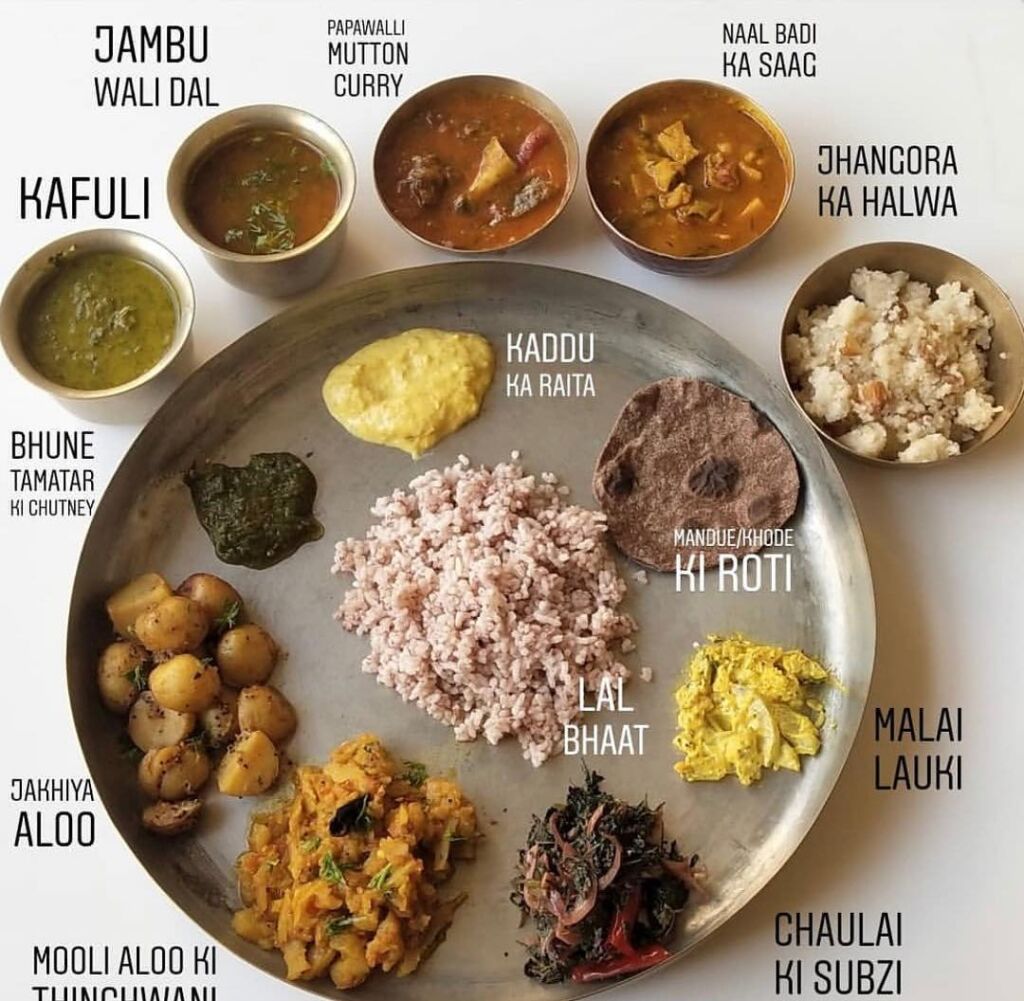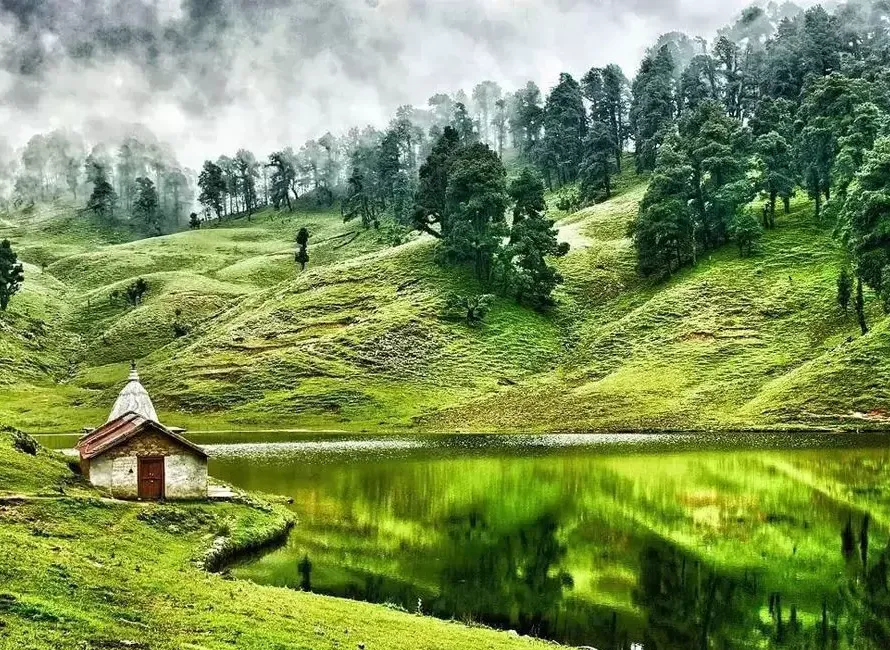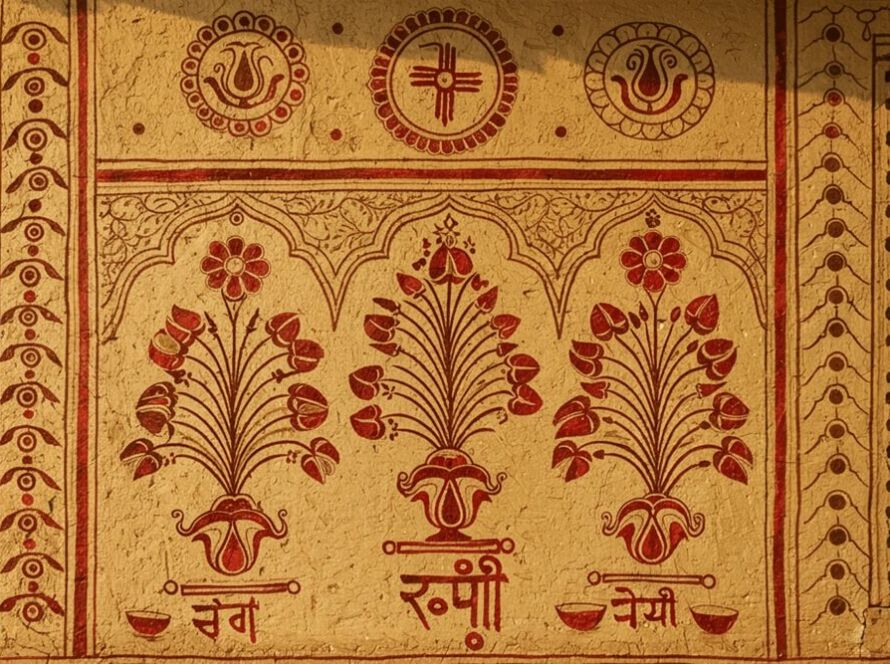Uttarakhand, often hailed as Devbhoomi (Land of the Gods), is not just known for its spiritual significance and Himalayan landscapes—but also for its rich, vibrant culture and heritage. Nestled in the lap of the Garhwal and Kumaon regions, the state beautifully blends ancient traditions, colorful festivals, folk dances, and a soulful food culture. From sacred pilgrimages to seasonal harvest rituals and from warrior dances to temple cuisine, Uttarakhand culture and heritage stands as a powerful representation of India’s spiritual and artistic legacy.
As we step into 2025, this cultural kaleidoscope only deepens in color, with festivals, performances, and traditions waiting to be explored. In this guide, we take you on a cultural journey through Uttarakhand festivals 2025, traditional dance forms, and the authentic flavors of this Himalayan state.
Diversity of Garhwal and Kumaon
Uttarakhand is divided into two distinct cultural zones—Garhwal and Kumaon. Though they share spiritual and natural roots, each has its unique traditions, dialects, festivals, and art forms.
- Garhwal is known for its connection with pilgrimage sites like Kedarnath, Badrinath, and Tungnath, which form part of the sacred Char Dham Yatra.
- Kumaon, on the other hand, is home to ancient temples like Jageshwar Dham and unique fairs like Nanda Devi Mahotsav.
Vibrant Festivals of Uttarakhand in 2025
🙏 Kumbh Mela Preparations in Haridwar
Though the next full Kumbh Mela in Haridwar is scheduled for 2031, preparations and sacred bathing rituals still draw thousands of pilgrims every year. In 2025, the auspicious Makar Sankranti (January 14) marks one such key occasion. Pilgrims gather for holy dips in the Ganga, participate in spiritual discourses, and witness cultural performances that underline the cultural heritage of Uttarakhand. This centuries-old tradition is also recognized as an Intangible Cultural Heritage by UNESCO.
💛 Nanda Devi Raj Jat Yatra (September 2025)
One of the most spiritually significant and heritage festivals in Uttarakhand, the Nanda Devi Raj Jat is a 280 km pilgrimage that winds through the Himalayas to the meadows of Roopkund. Expected to occur around September 2025, this ritual procession honors Goddess Nanda Devi. Accompanied by folk dances, chanting, and traditional attire, it’s not just a yatra, but a once-in-a-lifetime cultural pilgrimage that reflects the spiritual essence of Garhwal.
🌿 Harela Festival (July–August 2025)
Primarily celebrated in Kumaon, the Harela Festival is a monsoon celebration of fertility and harvest. People plant saplings, perform traditional dances of Uttarakhand, and prepare special festive meals. This vibrant green festival aligns ecology with tradition, making it both environmentally relevant and culturally significant.
Traditional Dances Reflecting Uttarakhand’s Heritage
Dance in Uttarakhand is not mere entertainment; it is a form of worship, storytelling, and cultural memory. Let’s explore some of the best traditional dances in Uttarakhand that capture the region’s spirit:
⚔️ Chholiya Dance: The Martial Glory of Kumaon
Originating in the Kumaon region, Chholiya is a traditional sword dance performed during weddings and religious ceremonies. Dancers wield swords and shields in a synchronized manner, echoing the warrior legacy of the Kumaoni Rajputs. Pithoragarh and Almora are the best places to witness this fierce, visually striking performance.
💃 Jhumelo: The Folk Rhythm of Celebration
Jhumelo is a popular folk dance seen in both Garhwal and Kumaon, often performed by women during spring festivals like Basant Panchami. The synchronized hand movements, colorful attire, and harmonious songs celebrate love, joy, and community spirit.
🎭 Pandav Nritya: Mythology in Motion
Rooted in the Garhwal Himalayas, Pandav Nritya is a ritualistic dance drama narrating the tales of the Mahabharata. Held in temple courtyards, especially during winter months, it blends mythology, drama, and religious reverence, keeping ancient epics alive through performance.
Folk Music and Dance: Echoes of the Mountains
Traditional music is an integral part of Uttarakhand’s identity. Folk instruments like dhol, damau, and turri accompany soulful songs that tell tales of nature, love, and devotion.
- Jagar is a spiritual musical form used to invoke local deities.
- Pandav Nritya dramatizes the Mahabharata and is often performed in village gatherings.
- Langvir Nritya, a form of acrobatic dance by men, showcases physical agility and devotion.
Stories of the Pandavas, local deities like Bhumiya Devta, and legends of the Himalayas are passed down through oral storytelling, songs, and ballads. The two main regional dialects—Garhwali and Kumaoni—are distinct and still spoken widely in villages.
- Folk tales often carry moral lessons and reflect a deep bond with nature.
- Efforts are now being made to preserve these dialects through local schools and community efforts.
Authentic Cuisine of Uttarakhand: A Flavorful Heritage
Uttarakhand cuisine is a humble yet nourishing affair deeply tied to its geography and culture. With limited use of oil and spices, the focus is on locally grown grains, pulses, and leafy greens. Here’s a deeper look into its flavorful segments:

🍲 Garhwali Specialties
If you’re trekking in Garhwal, don’t miss out on:
- Chainsoo: Made from roasted black gram dal.
- Kafuli: A thick spinach and fenugreek curry.
- Jhangore ki Kheer: A sweet dish made of barnyard millet. These dishes represent more than food—they are a part of Garhwali culture and seasonal celebrations.
🍽 Kumaoni Delicacies
Kumaoni cuisine thrives on simplicity and earthy flavors. Highlights include:
- Phaanu: A protein-rich lentil stew made from mixed dals.
- Aloo Gutuk: Spicy, tempered potatoes served with bhang ki chutney.
- Singhal: A sweet spiral snack made from semolina and curd. Ideal during local fairs, these dishes form the backbone of the Uttarakhand cuisine guide.
🍘Festive Foods That Tell a Story
Festivals like Uttarayani Mela and Ghee Sankranti feature ceremonial dishes like:
- Pua (fried jaggery batter cakes)
- Til Laddoo (sesame sweet) Cooked with ghee and love, these meals celebrate nature’s bounty and are passed down through generations.
Also Read: Food of Uttarakhand You Must Try
Indigenous Art and Craftsmanship
Uttarakhand artisans are known for their intricate wood carvings, copperware, and woolen crafts. Each item is both aesthetic and functional—born from the challenges and beauty of mountain life.
- Aipan art (from Kumaon) is a ritualistic floor painting created during festivals and rituals.
- Ringaal weaving, a bamboo-based craft, is eco-friendly and used to make baskets, mats, and home decor.
Takeaway
From its sacred rivers to snow-capped peaks, every element of Uttarakhand whispers stories of devotion, artistry, and nature. But beyond its scenic trails lies a deeper richness—its culture and heritage. Through vibrant Uttarakhand festivals 2025, ancient traditional dances, and authentic food recipes, you don’t just visit Uttarakhand; you live its legacy.
Whether you’re a cultural traveler, photographer, food lover, or pilgrim at heart, 2026 is the perfect time to witness the cultural heritage of Uttarakhand in full bloom.
Plan your 2026 and all future trips and experience the living traditions of the Himalayas


